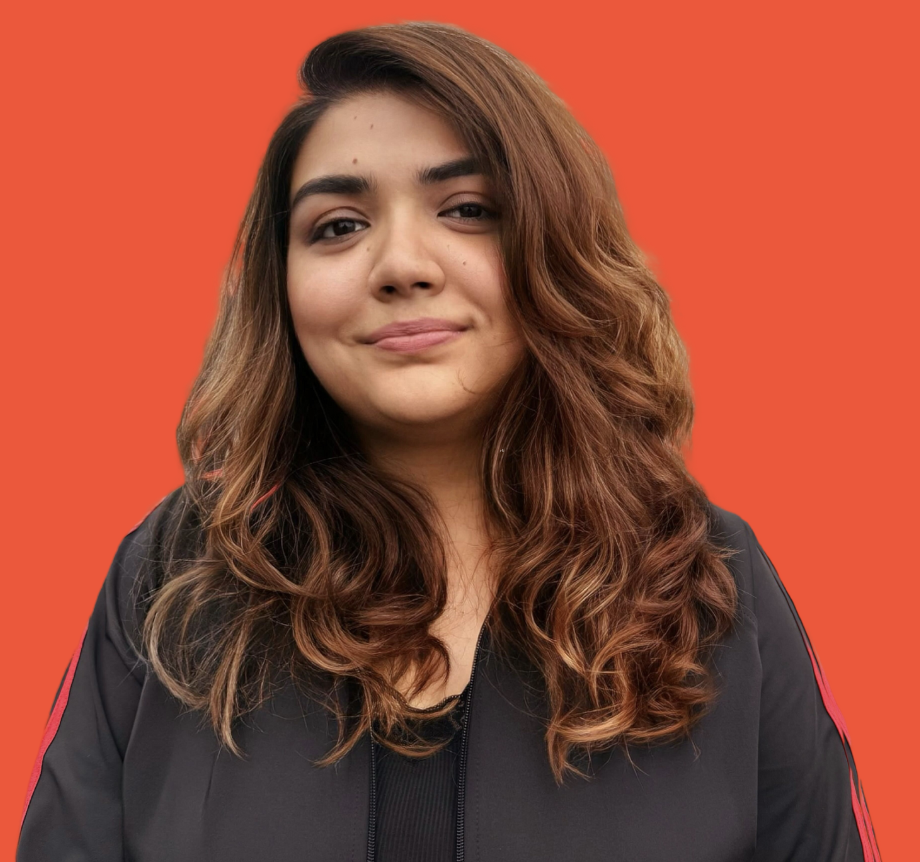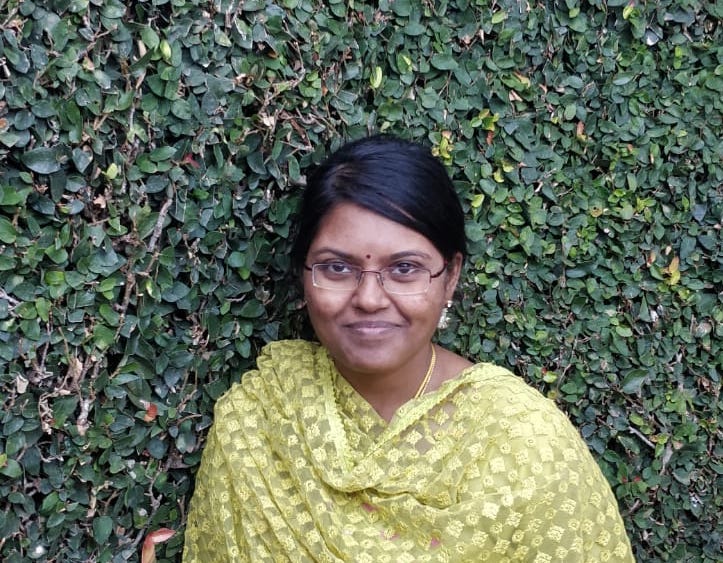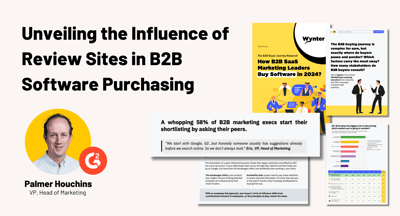November 4, 2024
 by Mara Calvello / November 4, 2024
by Mara Calvello / November 4, 2024

Never underestimate the power of acknowledgment.
Being heard is a fundamental aspect of social interaction. When we feel like others hear us, we feel valued, validated, and more connected. These feelings of belonging and being understood are essential for our emotional well-being and overall satisfaction in various areas of life.
When brands interact with customers, acknowledgment leads to better relationships and improved communication. Establishing more personal connections with buyers and customers means that brands need to demonstrate they stand by their products and customers. Reviews are an excellent chance to take advantage of those moments when customers share their stories and experiences.
Let's explore more about the importance of responding to reviews, how to implement a process to reply easily, and how to write responses for all types of reviews.
Reviews are becoming more ingrained in the overall customer buying journey in B2B software.
Research shows buyers view user-generated content and review sites as more influential in their decision-making, and our path to over 2 million reviews illustrates how this trend will continue in the coming years.
But reviews aren’t just essential for sourcing new buyers – they’re also incredibly important for customer retention and product development.
Reviews in B2B software go beyond brand perception. Here’s a list of the most relevant teams that need to care about reviews.
It's clear that reviews are important and can convey much about customer sentiment. They’ve become a tool that helps buyers judge which products and services meet their criteria and influence their decision-making.
Reviews sometimes feel intimidating because they are an example of publicly available information that brands don’t have complete control over. For this reason, responding to reviews is an activity brands must prioritize so they can still play a role in the narrative.
However, not all brands leap at the opportunity to respond to their reviews. When speaking about this to Rachel Bentley, Senior Director of Product Management at G2, she thought software vendors that remain silent would pay a high price.
“By saying nothing, you’re saying something about your company. There's an unintended consequence when you don't respond to reviews. Customers and buyers won’t get the sense you care. You love your customers, so show them.”
Rachel Bentley
Sr. Director of Product Management at G2
When a customer leaves a negative review, it may seem like the safer route to ignore it and not engage. The reality is that your silence is saying something just as much as a response would.
Potential buyers look at reviews to see what people like and dislike about a product or service. These buyers also take notice when a business responds to reviews, good and bad.
Here’s another example demonstrating the drawbacks of staying silent in response to customer reviews. Let’s say you’re on the hunt for a new couch, so you decide to check out a few websites.
First stop: Crate & Barrel.

We can see this customer wasn’t entirely pleased with their couch. Crate & Barrel takes the time to show they care by acknowledging the poor experience and encouraging them to speak with customer service to explore their options to make it right.
Next up: Overstock.com.

Let’s say you find a similar model on Overstock’s website, but notice several negative reviews over several months. The key difference here is that Overstock failed to respond to any of them. Their silence ultimately might deter customers from making a purchase on this item or other items.
While we’ve focused on the impacts of not responding to negative reviews, positive reviews should also be acknowledged. This just further shows how seriously a brand views all reviews and doesn’t just attempt to please dissatisfied customers.
Positive reviews are exciting because they’re ultimately an opportunity to turn happy customers into loyal advocates. By not responding to these reviews, you’ll miss out on the chance to start a dialogue that could build relationships.
One mistake brands make when it comes to reviews is chasing perfection.
“Positive and negative reviews have their value, so there’s merit in replying to both. Either way, they’re different forms of feedback that help you improve your product and company.”
Rachel Bentley
Sr. Director of Product Management at G2
The truth is that your product may be the ideal solution for countless buyers, but it’s nearly impossible to be the perfect solution for everyone. Whether their complaints are justifiable or not, embracing both positive and negative reviews can lead to greater outcomes.
Despite your instincts telling you to only focus on positive reviews, there’s value in all the reviews you receive. Here’s a list of our top reasons why you want real, authentic reviews from your customers and why you should respond to all of them.
Responding to reviews takes special consideration, especially since your tone and intent will differ depending on whether a review is positive or negative.
There are many ways to respond to positive reviews. As a general framework, check out the following tips to remember the next time you do it.
Here’s an example of what that might look like for a customer who loves the product but experienced a particular feature not working as intended:
“Hi Melissa,
Thank you for using XYZ.io. I'm glad you are finding our platform useful for optimizing your team’s collaboration challenges. In regards to that communication feature not functioning properly, I want you to know that we hear you loud and clear. Our team is aware of that issue and we will address it in an update that’s coming in the next few weeks.
If you still have issues after that new release, please reach out to me directly at mara@xyz.io.
I look forward to hearing from you. And thanks again for the kind words!
-Mara”
Now comes the more challenging part: responding to negative reviews. Or at least that’s the perception.
The good news is that you can easily turn many of these situations into a positive customer experience and earn another chance to deepen your relationship with them. Actionable negative reviews are still valuable to your brand because they can help build customer trust and prevent churn.
Check out this list of best practices to bear in mind when responding to negative reviews.
Let’s say you encounter a review from a dissatisfied customer, so here’s an example of a response that puts the above tips in action.
“Hi Mike,
I first want to thank you for being a customer of XYZ.io. We greatly appreciate your business and want to acknowledge your experience using our products. I’m sorry to hear that our new product did not meet your expectations. Our product team has been working diligently to resolve the issues we’ve been experiencing and anticipates releasing a substantial fix very soon.
In the meantime, I encourage you to reach out to me at mara@xyz.io, or your designated customer experience manager, to explore how we can further solve this situation. We want you to know that your feedback is extremely important to us and that we want to make sure future product updates will address this.
Hoping to hear from you soon.
Best,
Mara”
Suggested: Check out this handy flowchart with even more actionable advice when responding to negative reviews.
Since we’ve covered the why behind responding to reviews and how they have value beyond brand perception, let’s dig into what a reliable process for acting on reviews looks like. First, it’s important to explore the different ways you may want to route new reviews to ensure they get to the right people.
Generally, software reviews touch on several themes. Understanding these can help pinpoint who needs to be involved when addressing them. Note that reviews can touch on all or a combination of the following.
Once you identify where a review needs to go, the next step in optimizing your process is routing reviews. You want to gather a comprehensive list of contributors and specific team members who need to be involved when drafting a response.
From here, you’ll want to determine ownership. Do this by defining who monitors and who replies to reviews.
In terms of monitoring and routing new reviews on G2, let’s explore three specific methods. It’s essential to keep in mind that it’s best practice to respond to reviews within seven days, so time is of the essence.
For organizations that rely on Slack for business instant messaging, the G2 + Slack integration is one you’ll definitely want to activate. This integration will send Slack notifications to custom channels in your company workspace when new reviews come in.
Make sure to add people from product, engineering, support, marketing, and customer experience teams to promote visibility. Using Slack also creates a reliable communication channel for these cross-functional teams to contribute to a given review response.

Using this integration is the most effective way to route internal reviews. Additionally, this integration is incredibly useful if your organization takes advantage of G2 Buyer Intent data and is a must-have for revenue teams.
Another way to route new reviews is from within your my.G2 dashboard. Notifications happen in real-time in my.G2, which allows you to take immediate action as new reviews come in.

Keep in mind that viewing and modifying your notification settings only impacts your login experience and not your organization. This means that whoever monitors your reviews will have to route reviews to the right place manually.
Tip: Go one-step further with your my.G2 profile and explore best practices for optimizing your profile to show up in search results.
Similar to notifications in my.G2, you can use the same login to create email notifications to trigger under specific criteria. With this tactic, keep in mind that it can be easy for messages to get lost in anyone’s inbox, so it's important to stay up-to-date with these notifications.
Your customers want you to hear them, and you’re missing out if you’re not maximizing opportunities to engage with them. You have the power to leverage the voice of the customer to foster better relationships, reduce churn, and attract new buyers.
Ready to leverage those reviews? Check out the 8 best review management software for 2025.
Mara Calvello is a Content and Communications Manager at G2. She received her Bachelor of Arts degree from Elmhurst College (now Elmhurst University). Mara writes content highlighting G2 newsroom events and customer marketing case studies, while also focusing on social media and communications for G2. She previously wrote content to support our G2 Tea newsletter, as well as categories on artificial intelligence, natural language understanding (NLU), AI code generation, synthetic data, and more. In her spare time, she's out exploring with her rescue dog Zeke or enjoying a good book.
We live in a world where software purchases are no longer driven by human intuition. AI...
 by Washija Kazim
by Washija Kazim
"Buyers reign supreme." This would be the shortest summary of what we found out about B2B...
 by Soundarya Jayaraman
by Soundarya Jayaraman
B2B buying behaviors are constantly evolving, with review sites – like G2 – playing a more...
 by Palmer Houchins
by Palmer Houchins
We live in a world where software purchases are no longer driven by human intuition. AI...
 by Washija Kazim
by Washija Kazim
"Buyers reign supreme." This would be the shortest summary of what we found out about B2B...
 by Soundarya Jayaraman
by Soundarya Jayaraman


